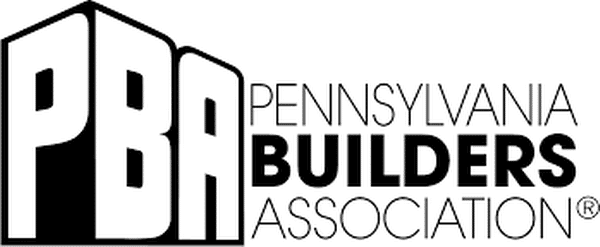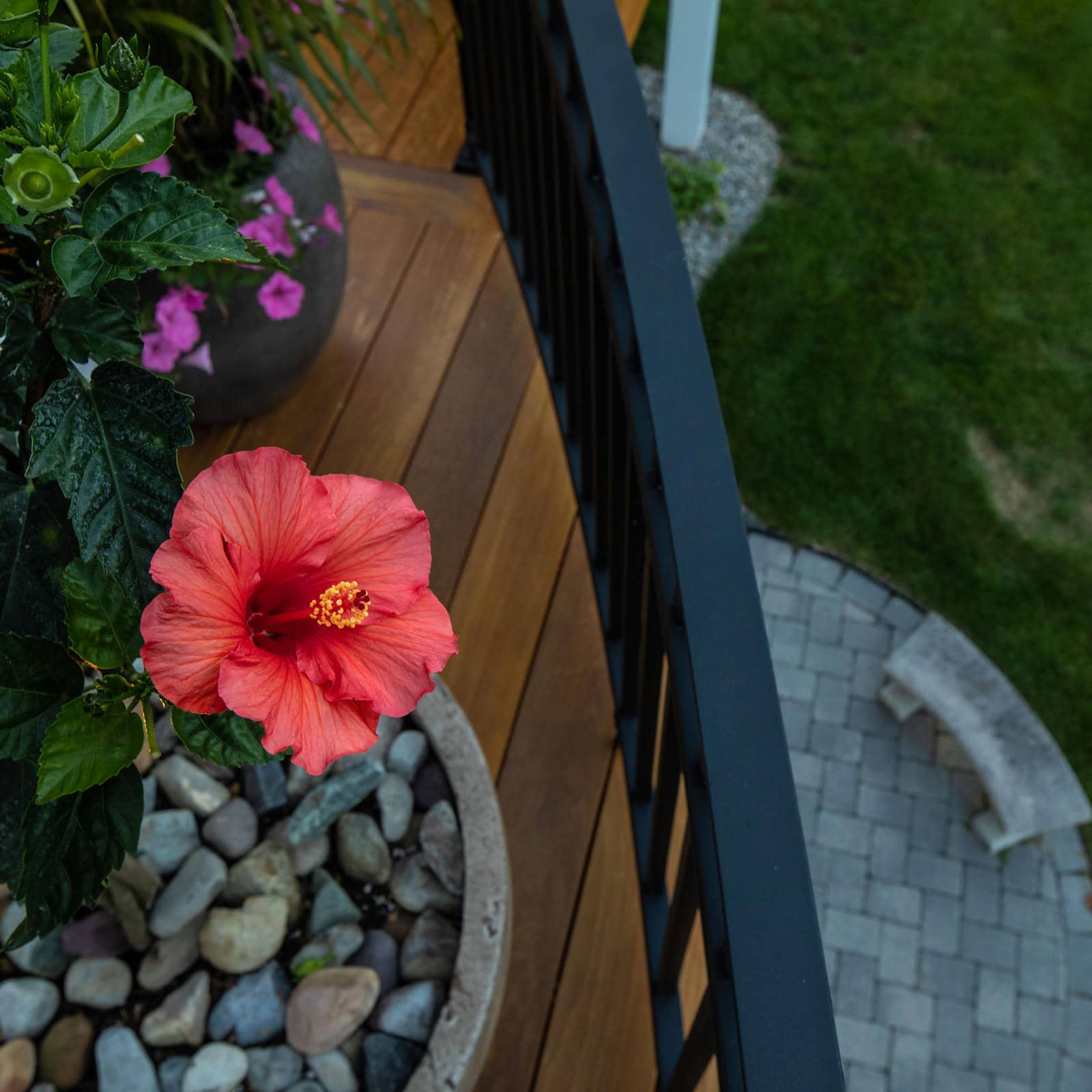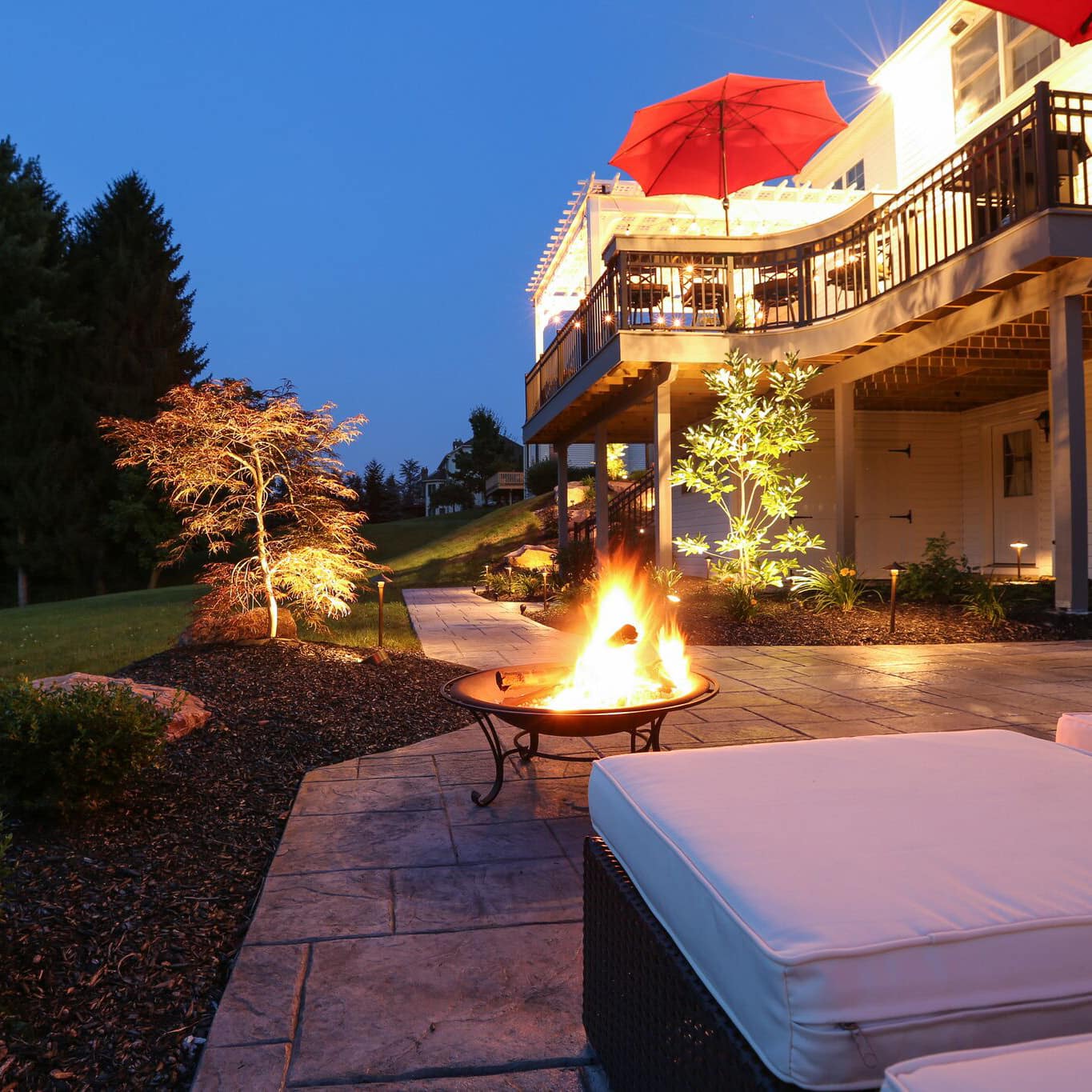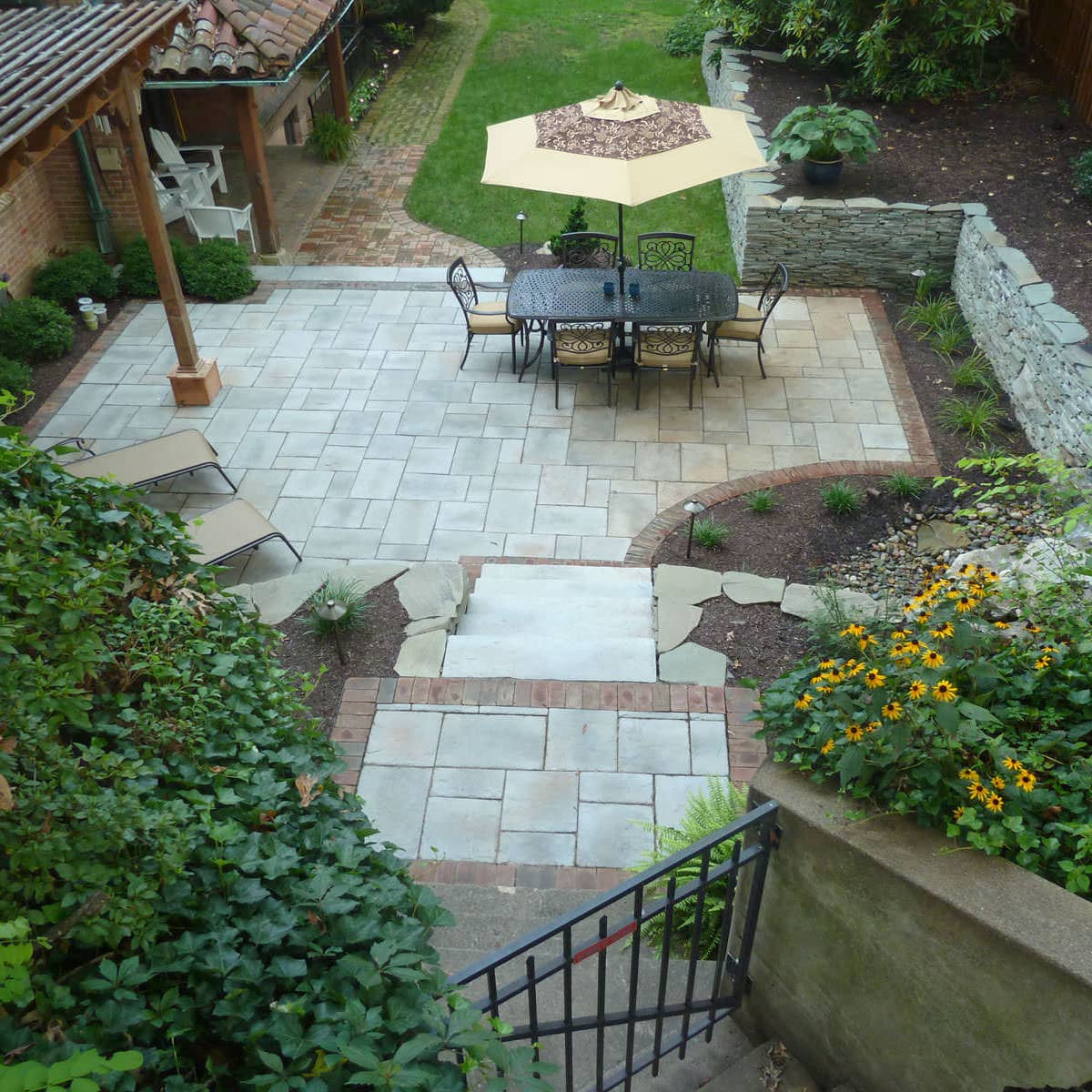Top 5 Examples of What Not to Plant in your Backyard
Posted August 6, 2015 in Blog, General, Landscape Design, Landscape Maintenance, Plant and Tree
There is no greater joy than to get out in the sunshine and get your hands dirty in your own yard. The planning, time, effort and sweat put into your garden and landscaping is super rewarding because you can literally see your successes and feel rewarded. However, there are a few plants and trees that should not be a part of your landscape design. Being aware of these plants and trees will save the pains of planting the undesirables and having to correct any issues in the future. Here are the top 5 examples of what not to plant in your backyard:
Bamboo

Mint
Planting herbs is a wonderful way to add delicious flavor to your food and to save yourself money at the grocery store. If you are growing herbs in your garden, be sure to do a little research before
English Ivy

Leyland Cypress
At first glance, the Leyland Cypress tree is attractive and would seem like a lovely addition to your backyard, but when written down, the cons outweigh the pros by far. 
Mulberry Tree

If you are looking for guidance, knowledge and experience in designing and turning your dream backyard into a reality, contact MasterPLAN Landscape Design. Serving the Poconos, the Lehigh Valley and throughout the Philadelphia areas, we will listen to you and implement all of the must-have aspects into your backyard for you and your family to create memories in for years to come. Reach out to Masterplan to chat about your project, we are ready to transform your yard into your true dream outdoor living space!
Join Our Newsletter
Stay up to date with what is happening with MasterPLAN Outdoor Living.
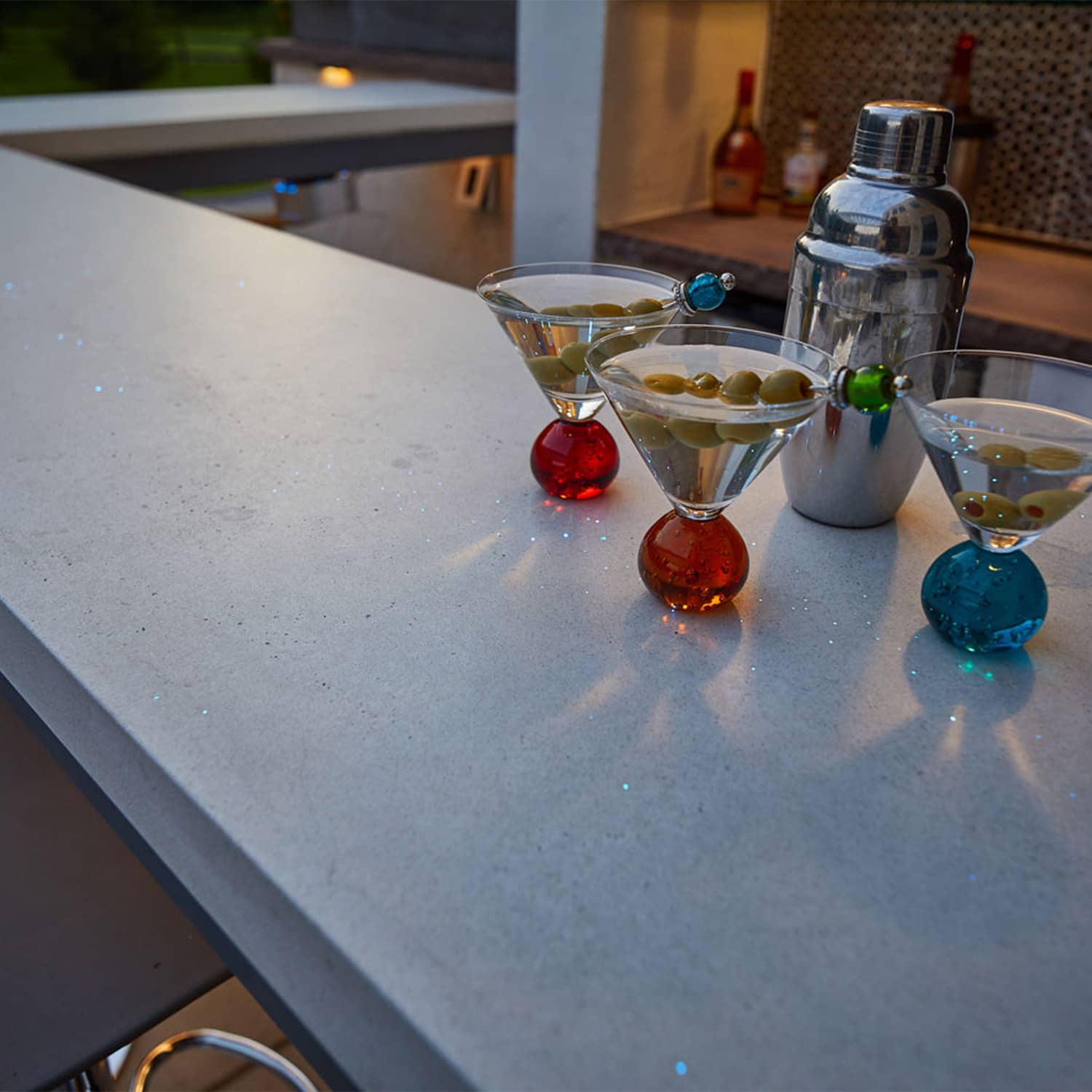
Have you ever seen fiber optics incorporated into a concrete bar top?! Check out this amazing and custom MasterPLAN feature…
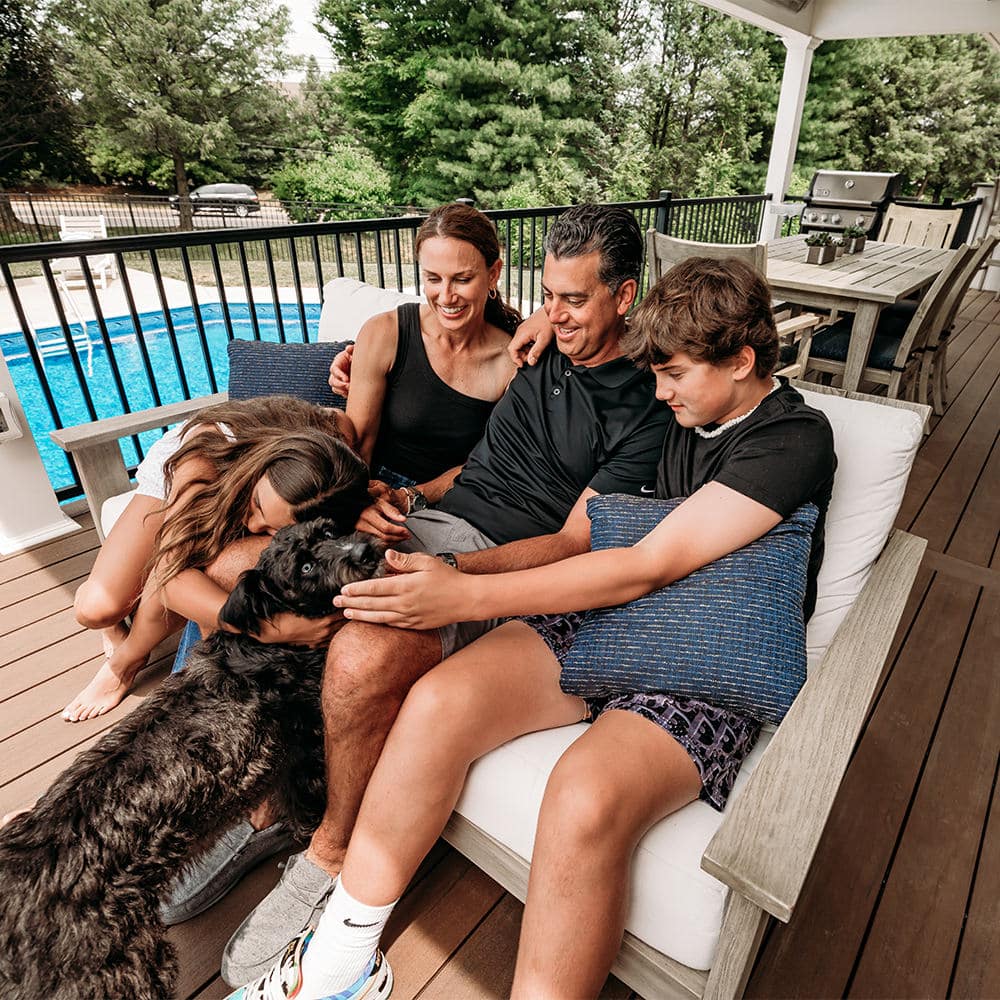
This deck lounge space gets a lot of attention from the family once it’s time to relax after a long day!
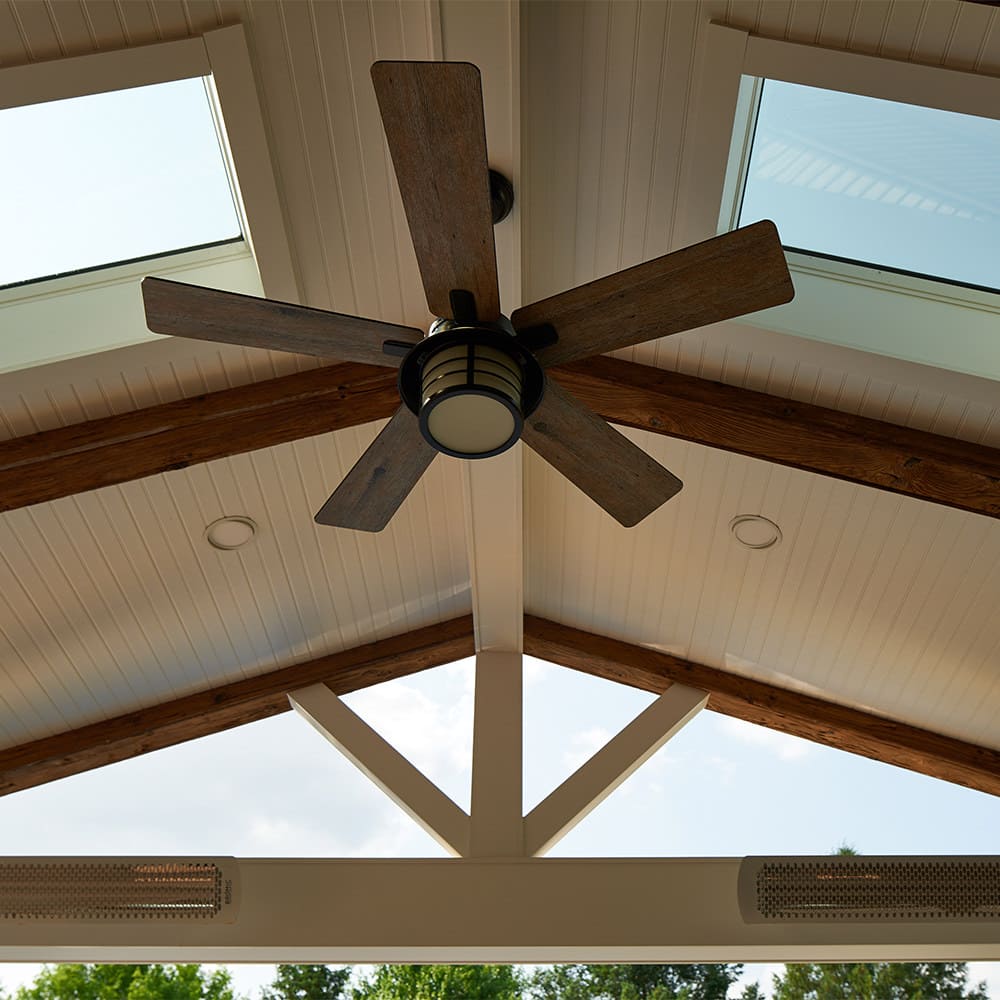
A beautiful balance between the barnwood clad beams and ceiling fan against the crisp, clean, white Azek and tongue & groove ceiling provide a modern rustic feel to this outdoor living space.
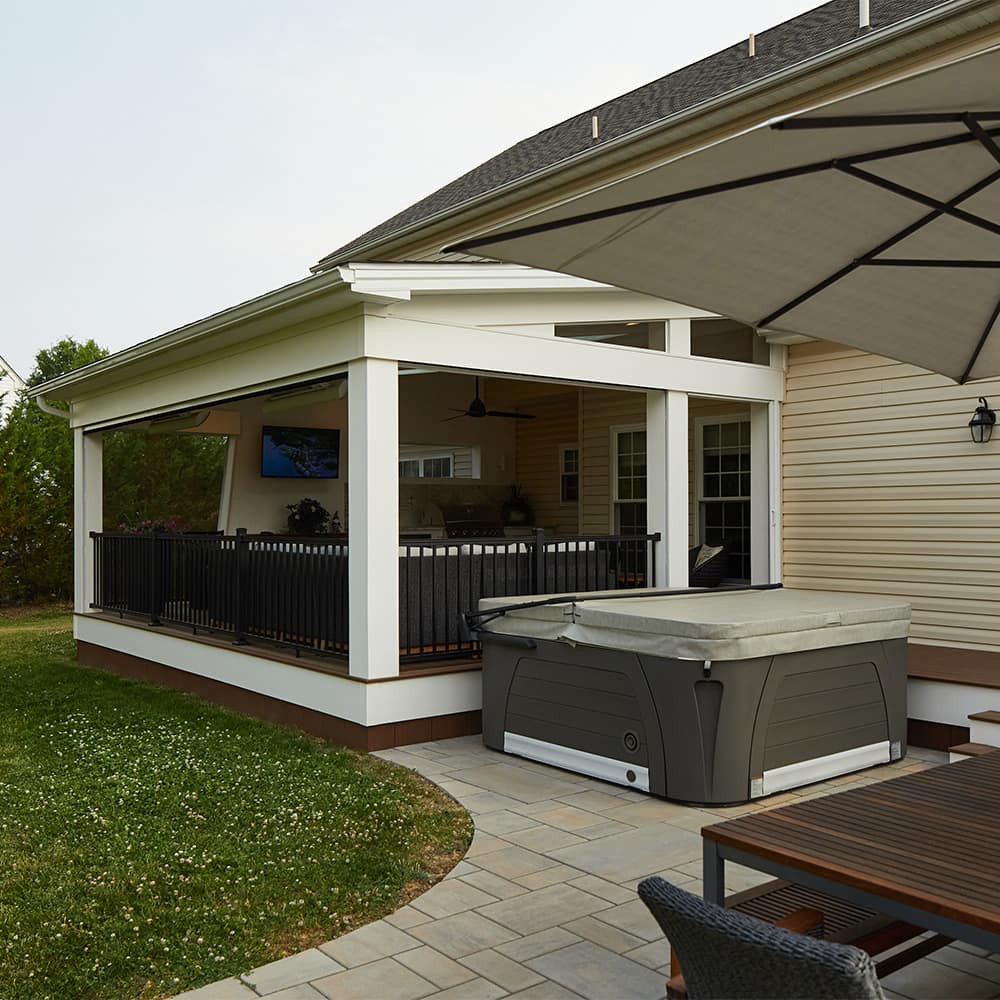
Working with a designer is a truly efficient process. This hot tub in Schwenksville, PA was placed strategically for the deck to act as additional privacy and the deck’s catwalk to provide a way to get in and out of the water!

The way the sunset reflects off this custom overflow spa makes the water look like a sheet of glass! Perfection.
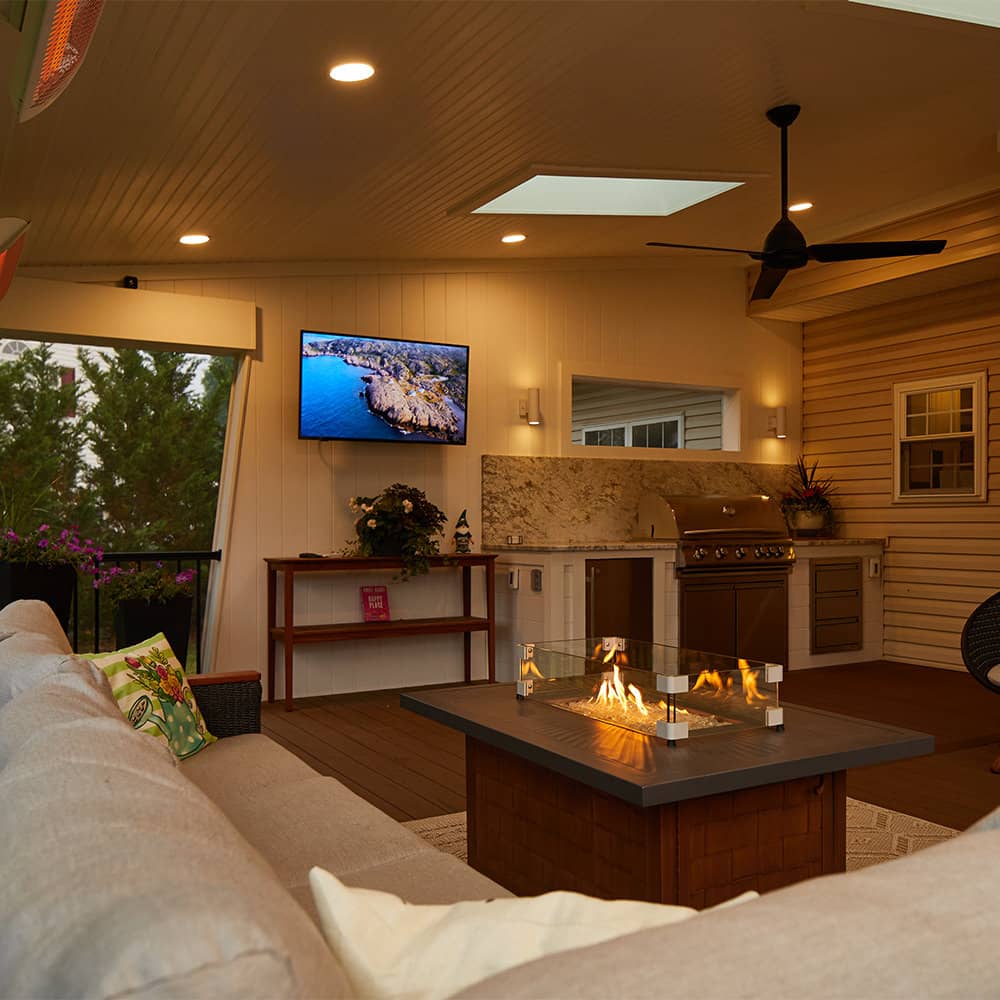
If you don’t see the value in a built-in fire feature, a fire table can accomplish the same ambiance and enjoyment for a fraction of the cost. Invest that money saved into a feature your family will use all the time!
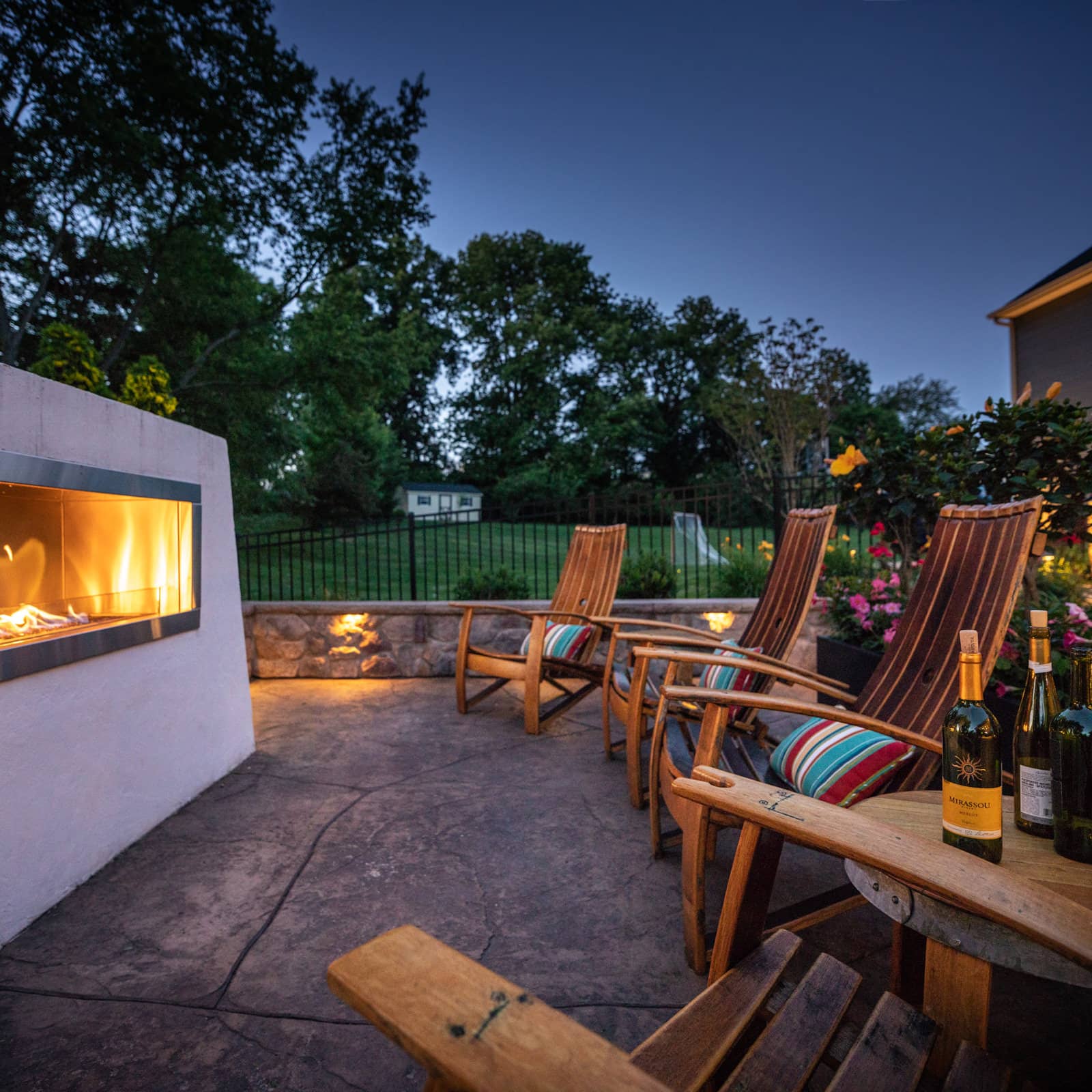
Chilly evenings have never felt so cozy and relaxing! This custom fireplace is a favorite backyard destination for this Royersford family.


